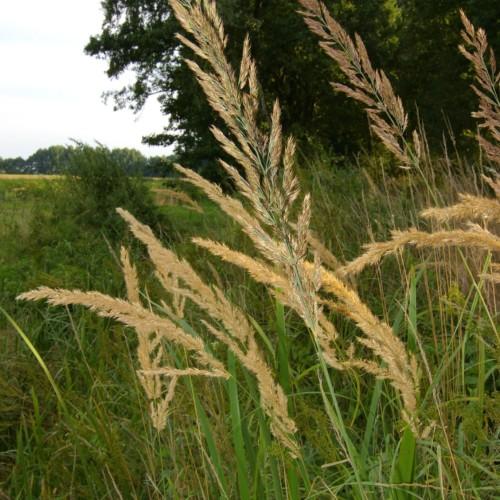
Feathertop
Calamagrostis epigeios
Also Known As - Chee ReedgrassWatering:
Average
Hardiness Zone:
Sun:
full sun,part shade
Leaf:
Yes
Growth Rate:
Low
Drought Tolerant:
Yes
Salt Tolerant:
Yes
Care Level:
Moderate
watering
Water Blue Joint Reedgrass once a week during average weather conditions, providing approximately 1 inch of water each time. Increase the frequency and amount of water during hotter, drier conditions. During the hottest days of the summer, water as much as possible to keep the soil evenly moist. If possible, irrigate only early in the morning so as to allow the grass time to dry out during the day.
sunlight
Blue Joint Reedgrass typically thrives with full sunlight for 6-7 hours a day. If the temperatures and/or sunlight exposure is extreme, this species may benefit from partial sun or shade. While Blue Joint Reedgrass may do alright in lower levels of light, it typically performs best when under direct sunlight.
pruning
Blue Joint Reedgrass should be pruned every 2 to 3 years, preferably in late winter or early spring. In late winter or early spring, cut back the stalks from a few inches above the ground, removing any dead or broken blades. If needed, remove any dead flowering spikes at the same time to encourage new growth. This will ensure that the plant remains vibrant and healthy and will help it grow dense and upright. Pruning will also help the plant produce more attractive foliage and flowers.
